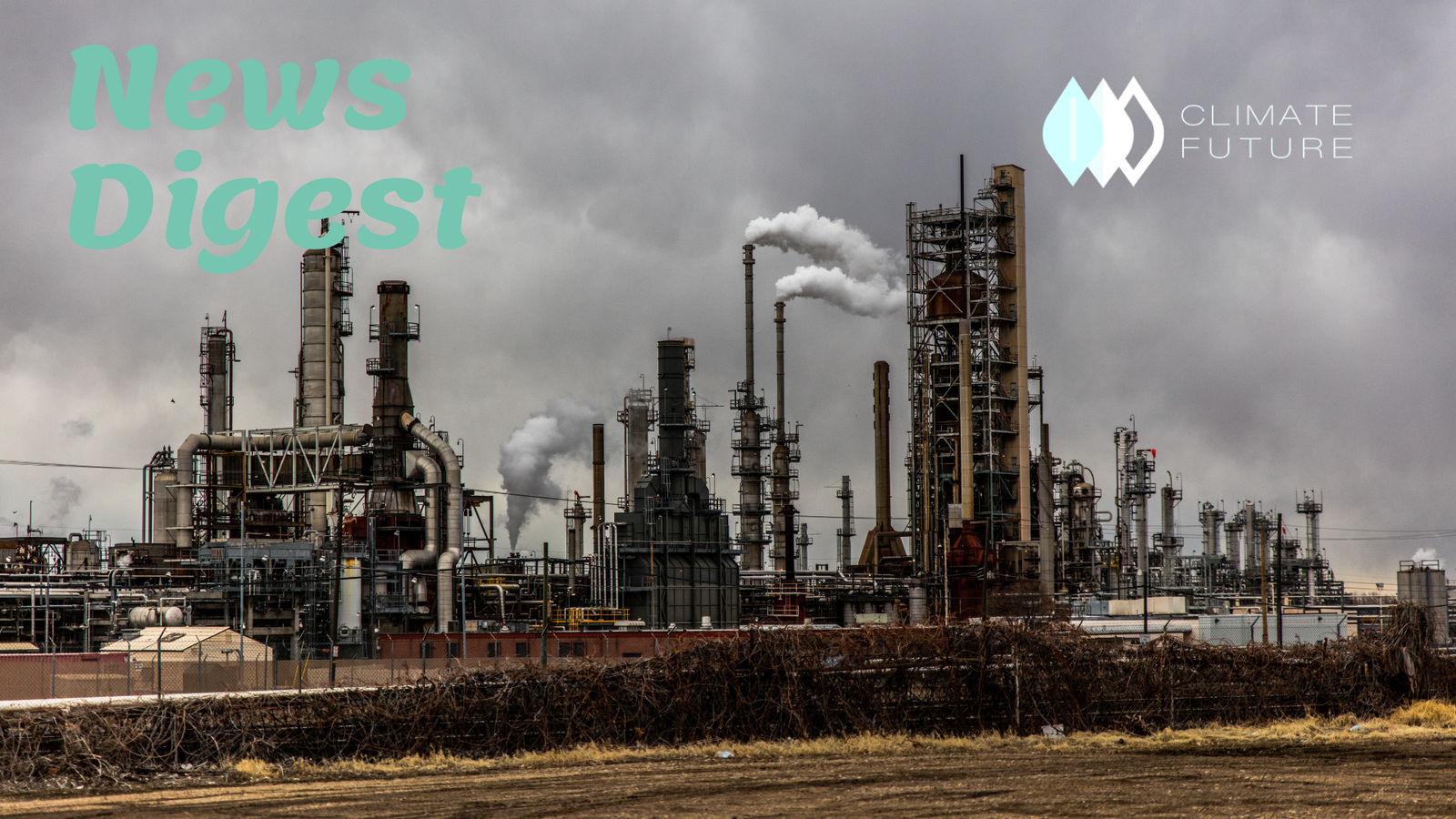Race to Zero in Asia and Pacific: Our Hopes in the Climate Fight
According to the most up-to-date report from the Intergovernmental Panel on Climate Change, every part of degrees of global warming is related to threats from serious heatwaves to deadly droughts and hurricanes which affect all communities and economies. As climate change sweeps the region, inequality is yet another danger. With an increasing share, Asia and the Pacific currently produce more greenhouse gas emissions than any other region on Earth. 39 nations have pledged to achieve carbon neutrality and net zero emissions between 2050 and 2060, which offers another sign of optimism for our region. With installed capacity increasing more than threefold over the previous ten years, the cost of renewable energy is decreasing practically everywhere. Due to its advantages for energy security and the current energy crisis, renewable energy is now entering a new period of even quicker expansion. There is now a chance to take advantage of this momentum and create a revolutionary moment. Without decarbonizing the industrial sector, the net zero transition cannot be achieved. The area is responsible for almost 75 percent of the world’s manufacturing and construction-related greenhouse gas emissions. Only by making investments in industries and technologies with low and no emissions will the transition be made practicable. The sum required is well in excess of the current domestic and foreign financial flows.
What makes South Asia so vulnerable to climate change?
South Asia is one of the world’s most sensitive regions to the impacts of global warming since climate change-related droughts and high temperatures have become more frequent throughout its eight nations. The World Bank has estimated that 750 million people in South Asia have endured at least one natural disaster. According to the predictions of climate experts, the region can face climate challenges such as a lack of agricultural land, water shortages, and population displacement which can affect the livelihoods of hundreds of millions of people. About 21% of people in South Asia experienced extreme food insecurity in 2021, according to the UN’s Food and Agriculture Organization (FAO). The FAO reported that in the same year, the world’s 330 million are undernourished people. As millions of people in South Asia experience internal displacement due to climatic disasters like rising sea levels, concerns over a loss in food production have also become more acute. Climate scientists have also warned that the poor health conditions in some of the world’s poorest regions—including South Asia—are being made worse by extreme weather patterns. Furthermore, the devastating floods also affected facilities throughout Pakistan. According to the World Health Organization, more than 1,400 hospitals were destroyed or damaged, denying thousands of people access to medical care.
Philippines research offers hope for conserving enigmatic Rafflesia plants
The Rafflesia genus, which can only be found in the rainforests of Southeast Asia, produces the biggest flowers on Earth. Given that Rafflesia lack roots, leaves, and stalks, their enormous size is no mean achievement. Additionally, they are not capable of photosynthesis, hence they are fully dependent on their hosts for food. One of the greatest mysteries in botany continues to be these parasitic plants. For conservationists attempting to save Rafflesia, the gaps in information have been a significant barrier, especially in the Philippines, which researchers believe to be one of the few centers of Rafflesia variety.Even in cases of small-scale land conversion, habitat degradation poses a serious concern. The general lack of knowledge and awareness regarding the genus Rafflesia poses another hazard to its protection. According to evolutionary biologist Jeanmaire Molina of Pace University in New York, “Rafflesia species are rare and restricted to remote forest habitats of Southeast Asia, so they are difficult to get to, collect from, and study.” The University of the Philippines Los Baos conservation team is employing a more direct method. If it is succeeded, future researchers will be able to overcome the challenges of sample collection and transportation process to the library.
Asian Development Bank’s climate commitments require greater accountability (commentary)
The Asian Development Bank (ADB), which refers to itself as Asia and Pacific’s Climate Bank, is committed to achieving complete compliance with the 2016 Paris Agreement’s objectives to slow the rise in global temperatures by this July. This follows the ADB’s May 2023 announcement of the Innovative Finance Facility for Climate in Asia and the Pacific, which aims to invest billions of dollars to reduce greenhouse gas emissions and foster resilience in communities already experiencing the effects of the climate crisis in Asia. But without a stronger commitment to responsibility and protection, these goals have no chance of achievement. Investments of all kinds, including those that support climate solutions and those that the ADB and other multilateral development banks now categorize as universally aligned with the Paris Agreement, have the potential to have negative effects on the environment and society. Other climate financiers, such as the Green Climate Fund, have better-built accountability procedures, so ADB doesn’t need to build the wheel. ADB must not only adhere to the good governance accountability norms established by other climate funders but also make an effort to establish new benchmarks for its Accountability Mechanism. Although it is commendable that ADB wants to be the climate bank for Asia and the Pacific, its business-as-usual strategy actively discourages sustainable climate investment. To achieve its objective, ADB must take seriously the project of developing an efficient accountability mechanism and entrench its responsibility to communities in policy.
References
https://www.globalissues.org/news/2023/05/09/33746
https://www.aljazeera.com/news/2023/7/8/what-makes-south-asia-so-vulnerable-to-climate-change



